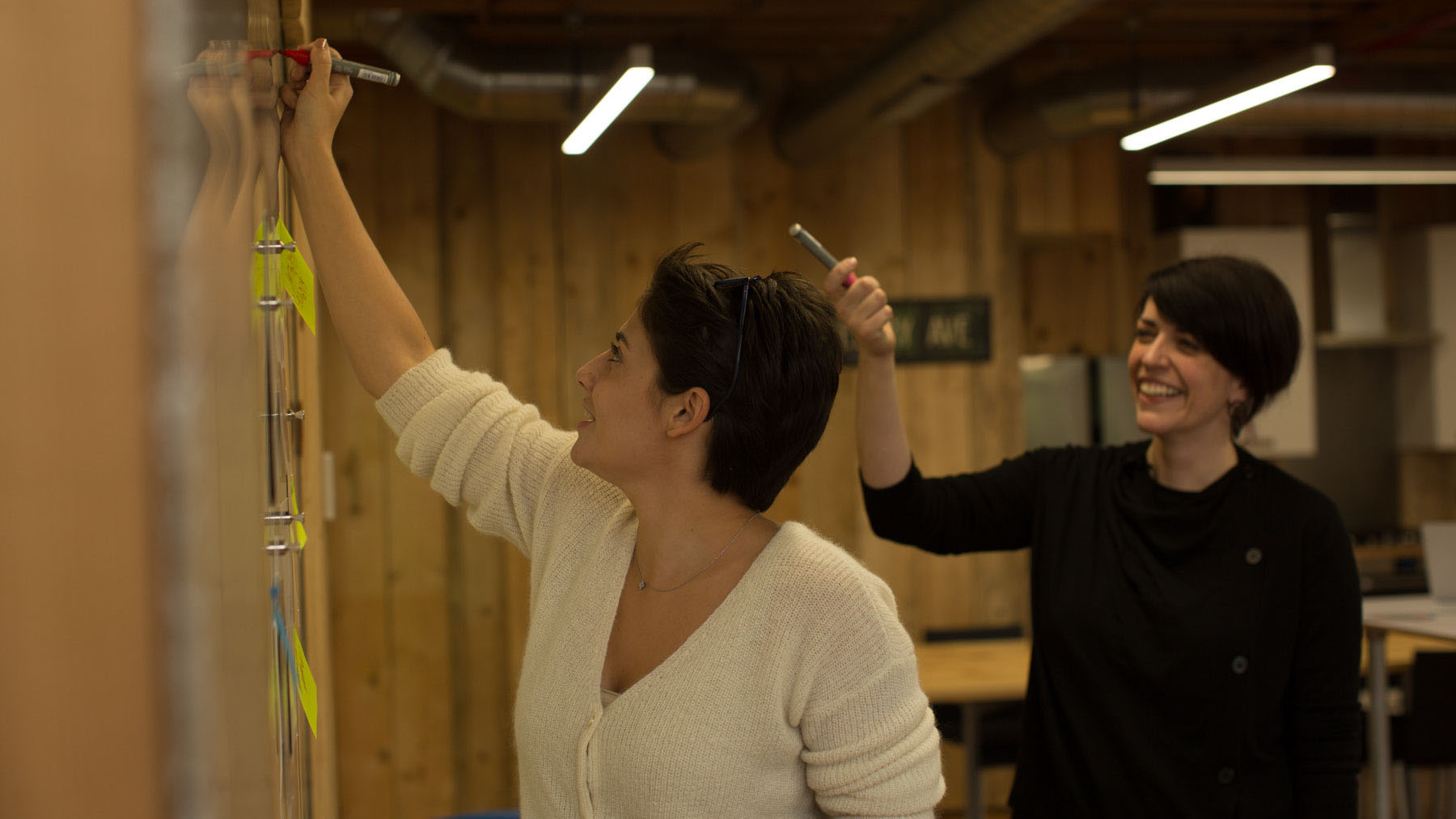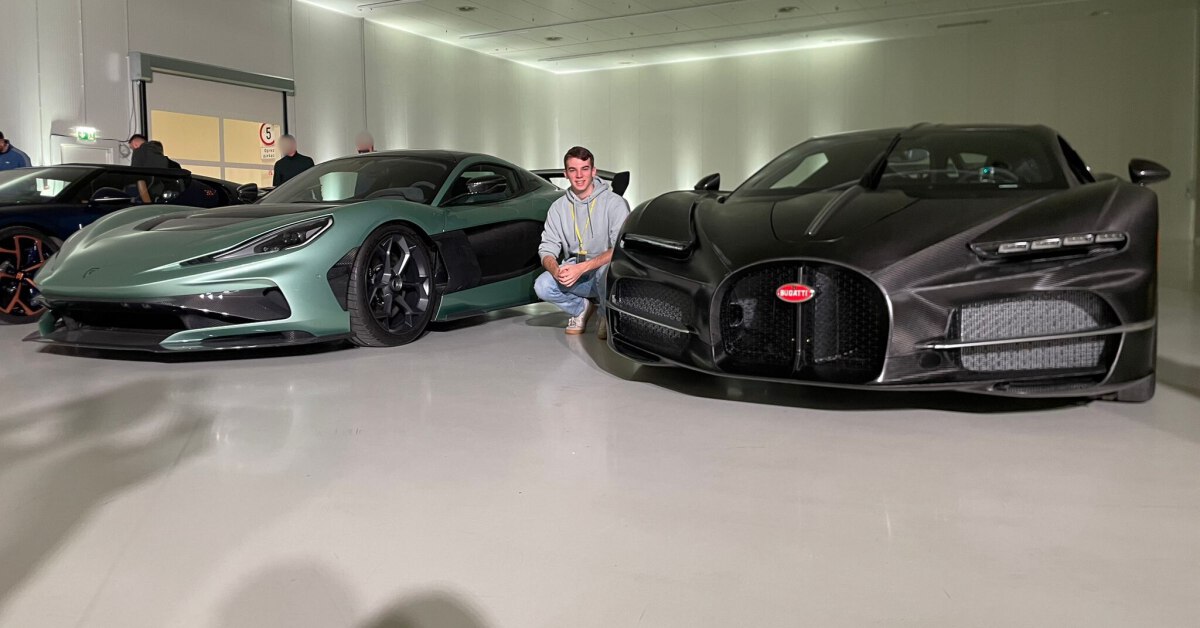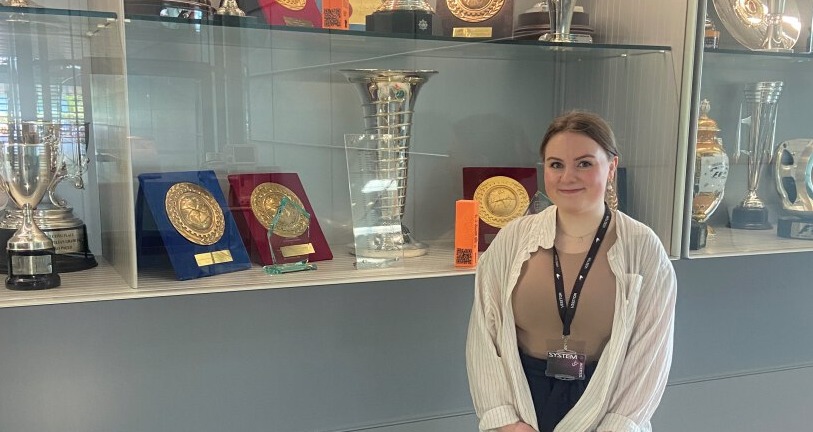Placing my bet on Cranfield – studying a Design MSc
01/12/2017

Three years ago, close to starting my last year of a Food and Health Engineering diploma in France, I started to Google potential alternative options for how to finish my course. I was driven by the desire to get under the skin of the “I” word, Innovation. This is how I landed on the Cranfield University website. I was struck by a course with numerous mentions of a different word – the “D”- word, that I’d not really heard much about before. ‘Welcome to the Design World’. As soon as I read those words, innovation got sexy. What followed (below) got me excited:
The Centre for Competitive Creative Design (C4D)‘s current research deals with the grand challenges that influence design policy, idea management, insight development and sustainable design. Research expertise is underpinned by:
- Unique “visual thinking” tools and techniques that help develop the capability to systematically collect, cluster and decode insights.
- A strong belief in the value of ‘design-thinking’ as a way to provide new strategic offerings to organisations that strive to build and implement new consumer-experiences.
I quickly decided I was going to keep my Food and Health engineering background, but refine it and make it more powerful with new ways of thinking and working.
Five things I was looking for
- Because this post is all about honesty I have to say that I had some anxiety about ending my university time on the food audit and quality themes. I had been part of internships and contests which had involved food and innovation – and I had a sense of unfinished business. I had to understand more about innovation methods and techniques.
- Building on that very first point, I needed to feel uncomfortable again. I wanted to feel like I knew nothing at all – this would drive my learning.
- I was thrilled by the idea of having loads of nationalities in the same campus and in the same class. I’d experienced internships in France and the US, and wanted to broaden out more, and discover new ways of thinking and working. I wanted the opportunity to meet a diversity group of people, particularly women, from all over the world who have all kinds of experiences of ‘change’.
- Very close to this previous point, I was looking for a university where I could build a network of passionate people from numerous domains of interest across the community and speakers.
- I wanted to confront new challenges, including corporate challenges, where I could foster new problem-solving skills.
With these five things in mind, I placed my bet on Cranfield.
Five things I got from my time at Cranfield
I faced some stretching challenges in my time at Cranfield. No doubt many others have too! I will share some of these – from encountering new and different ways of working to adapting my mind-set to different formats of module deliverables and thesis structure (I remember this template very well!). But in my year there, I gained a great deal:
The most important thing I have learned is about people and strength in diversity. I understand better the importance of the context, socio / politico / economic / geographic / technical norms, cultures, customs, the things that make each of us a unique individual. Learning how to get the best from each person is hugely empowering for a team. Being part of teams where five different nationalities worked together helped me understand how diversity is central to an organisation’s strive to achieve sustained and successful results.
Following that very first point, working with so many different people, I have learned how to let go of things, and be silent to make enough room for other people to think, reflect and input. During projects, we are bounded by project deliverable deadlines and it is easy to fall into the “overly controlling’ trap. Being in contact with so many diverse people helped me realise that not getting it right the first time is fine (and normal!) and iteration within the team has to flow. Making enough space and time for it is crucial.
Cranfield offers access to and the ability to make meaningful connections within the Cranfield community and with industry speakers. The university has a strong network of research partner companies such as P&G, Marks and Spencer, Cisco, The Clearing. Having these partners enables all students to have access to engaging, impactful and exciting projects for their group project and individual thesis. Working with Marks and Spencer as our group project ‘client’, and Cisco during my individual thesis, was an invaluable learning experience. I am very grateful to Dr Matt Collins who was my group project supervisor and Dr Mariale Moreno who was my individual thesis supervisor.
The physical environment, for me, was perfect. With peaceful and quiet surroundings (which may not suit everyone!), I felt completely removed from the ‘panic’ that can be felt in big cities – as well as ensuring I was able to focus on my goals with fewer distractions!
Finally, the staff were a key highlight. They were incredibly supportive, and helped guide every student through the year professionally and with reference to their needs. This network of support extended to the career service where I was able to usefully explore life and work options.
And did the bet pay off?
My options after the course were wide. Ought I go back to engineering? Further explore this new world of design? Or how could I seek to take the best from both worlds? What I was not confused about was my desire to improve people’s lives through user centered design techniques and design thinking methods. Through the network I created at Cranfield, I landed a job which ticks many of these boxes!
I have been working in London for a year now, gaining experience in a broad spectrum of sectors such as Food, Health, Retail, Telecom, Corrosion, Offshore Wind Energy, and Antimicrobial Resistance. At Viadynamics, an established Innovation consultancy, I have applied Design Thinking methodologies to:
- Start-ups: total system design, helping them to stretch thinking, and create actionable technology, business, market and funding roadmaps
- Universities and Institutes: supporting ecosystem innovation and cross disciplinary and sector collaborations
- Corporates: Exploring new business strategies and value creation opportunities
Finally, I want to say thank you to C4D and Cranfield, it has been an amazing journey with you.
And as for the bet? I honestly feel that the Creativity and Innovation for Industry course is one of best bets I’ve ever made. The ‘D’ word is no longer new and unknown. It’s now my job, and the way I think. And it really does make innovation sexy!
—
Categories & Tags:
Leave a comment on this post:
You might also like…
Automotive Engineering: From student to hypercar innovation at Rimac
We sat down with recent graduate Thomas Perrin, to discuss how his year on the MSc in Automotive Engineering at Cranfield University propelled him from the lecture hall directly into the ...
What this year at Cranfield really meant to me
Every Cranfield journey is unique. In this alumni reflection, Zachea Scicluna shares what her year at Cranfield truly meant, from facing uncertainty to gaining hands-on experience in industry-backed projects. I’ve been reflecting (and delaying) ...
Preparing for assignments and exams?
Sorry! We know it seems a bit mean to mention the exams in January rather than looking forward to the break before it! However, we know many of you will be thinking about your forthcoming ...
Screening for FTSE 100 companies on Bloomberg
So you’re researching an index and need some data on its constituent companies? Bloomberg’s Equity Screening tool makes light work of this, not just for the FTSE, but for indices, exchanges and sectors worldwide. Type EQS ...
Accelerating my future: How Cranfield put me on the fast track to automotive safety innovation
Hello! I’m Michaela Kaiser, and I’m thrilled to share my journey studying abroad. I’m from Calgary, Canada, and I recently graduated from Cranfield’s MSc Automotive Engineering course. My path to Cranfield ...
From Myanmar to Cranfield: My path to Renewable Energy
As someone who is passionate about sustainability, my career goal is to build a path in the renewable energy sector. My aspirations comes from the benefits of developing sustainable energy sources and ensuring energy ...






